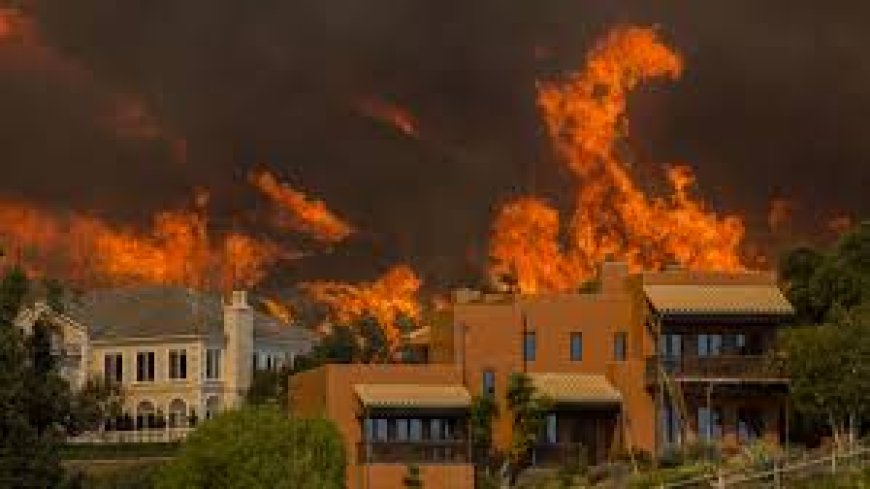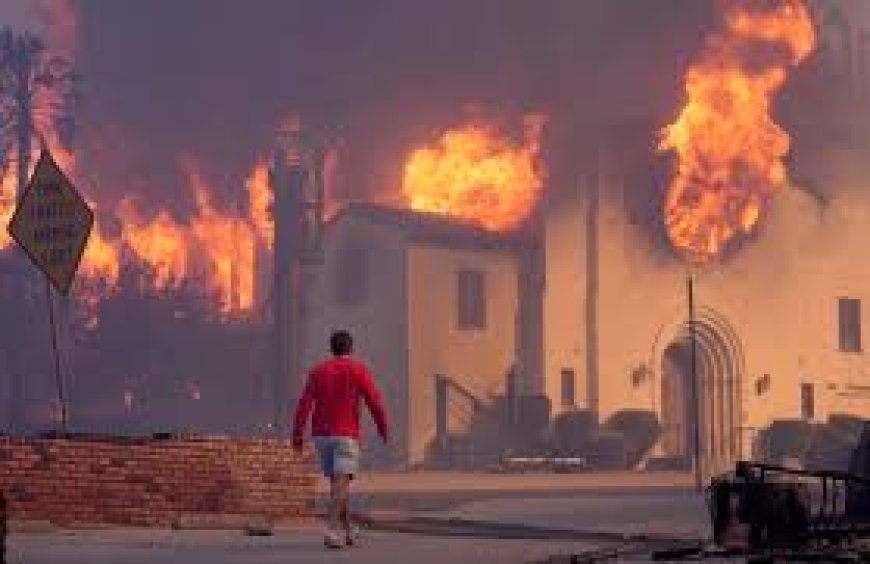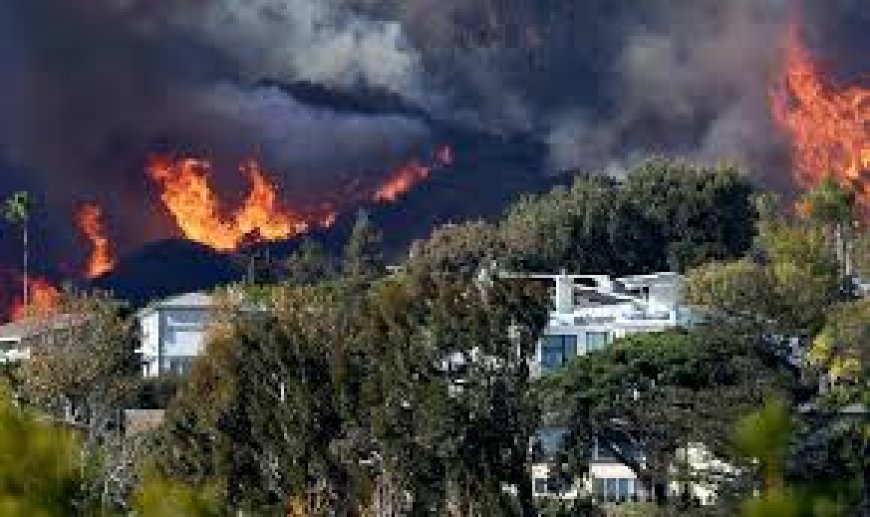Southern California Wildfires: Progress Amidst Ongoing Challenges
Southern California is battling multiple wildfires, including the Palisades and Eaton Fires. While progress is being made with containment, challenges remain as high winds, extreme heat, and low humidity continue to fuel the flames. Despite these hurdles, firefighters are dedicated to saving lives and containing the fires, while federal assistance is aiding recovery efforts. Learn more about the ongoing fight against these devastating blazes and the impact on local communities

Southern California Wildfires: Advancements Despite Persistent Difficulties.
The situation is critical as numerous massive and devastating wildfires rage across Southern California. The Palisades Fire and the Eaton Fire remain extremely difficult despite the tremendous strides made by firefighting crews. Countless people have been killed, and thousands have had to evacuate as a result of these fires, which have already caused enormous harm. The road to complete containment and recovery is lengthy, but there is still optimism as firefighters continue to work despite the harsh weather.
A Glimmer of Hope in the Face of Fire.
Currently 21% controlled, the Palisades Fire has burned over 23,000 acres of Los Angeles County. Although firefighters are steadily improving, the threat is still very real. The Eaton Fire is currently at 45% containment and has already destroyed countless buildings and ravaged numerous communities, is one of the most destructive wildfires in Southern California's history.

The reality is that these flames are still out of control, and the dangers are still present, notwithstanding the progress that has been achieved. Authorities have reported that at least 25 people have died as a result of the wildfires so far, and the unrelenting flames have destroyed thousands of homes, businesses, and buildings. Residents of these villages have been forced to escape, and it is impossible to overstate the emotional and financial toll that this has taken on them.
The Difficulties Firefighters Face;
Firefighters have been battling the fires nonstop, and many have returned from the front lines physically sore, bruised, and tired. When asked about the emotional toll, LAFD Assistant Chief Joe Everett said that returning firemen are "bruised, battered, and beaten," but they are still dedicated to saving lives and stopping more damage.
Firefighters face more than just physical difficulties. In addition to fighting the fire, they are negotiating harsh weather, such as strong gusts and low humidity, making containment operations much more challenging. Southern California has been experiencing Santa Ana winds, which provide ideal circumstances for the quick spread of fires. These winds, which can reach 70 mph, have served as triggers for
The Los Angeles Fire Department (LAFD) has defended its response to the crisis, stating that resources were pre-deployed and followed established protocols for tackling large fires. Chief Kristin Crowley of the LAFD assured that the department surged resources to needy areas, adding, “We followed the system. We surged where we could surge.” Their coordinated efforts and strategic deployment have contributed to slowing the fires and saving lives, but the situation is still dire.

Federal Support and Recovery Efforts As the damage continues, the state has turned to federal agencies for assistance. On January 10th, the Federal Emergency Management Agency (FEMA) announced that it had provided additional funding to support California's recovery efforts. The grant will help remove debris, allowing for faster cleanup and giving displaced residents a sense of normalcy. Governor Gavin Newsom acknowledged the need for a comprehensive approach to recovery, saying, "This fire season has shown us the importance of resilience, not just for firefighting but also for rebuilding lives and communities in the aftermath."
Winds and Weather: A Changing Forecast
The weather is finally starting to provide some relief as Southern California prepares for yet another round of possible difficulties. The strongest red flag warnings, which signal increased fire dangers because of high winds, have started to fade. Over 10 million persons were previously under these warnings, but as the winds in many areas have weakened, only 30,000 people are still under them.
 Kinyarwanda
Kinyarwanda
 English
English









































































